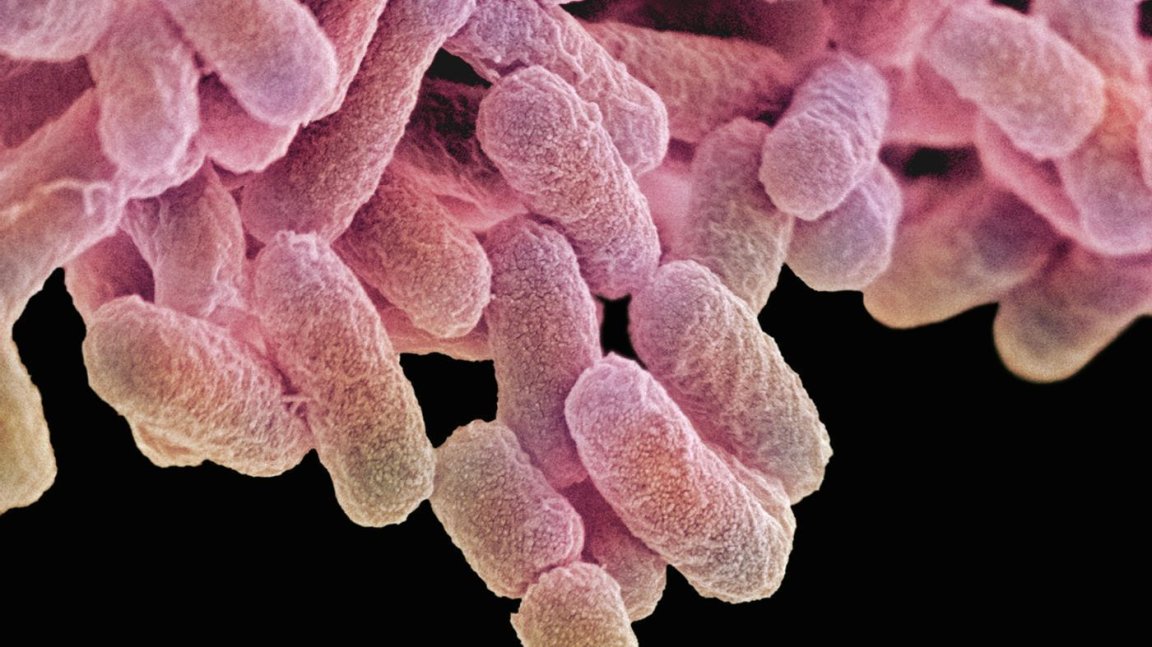
Super Drug, Super Bug
Since Alexander Fleming’s discovery of penicillin in 1928, antibiotics have come to revolutionize medicine in the 20th century. By systematically killing off microbes that cause infections, antibiotics made it easy to cure bacterial infections from wounds as well as highly communicable diseases such as pneumonia, gonorrhea, and syphilis. Along with vaccines, antibiotics have considerably improved the life expectancy of people all over the world.
Here’s the rub: like humans, microbes can adapt.
When exposed to antibiotics frequently enough, bacteria can evolve to combat the treatments. Also known as antibiotic resistance, this phenomenon results in bacteria that is more resistant (if not fully immune) to the drugs that could treat them before. A report from Quartz showed that the U.S. Centers for Disease Control and Prevention (CDC) has estimated that 23,000 people die each year as a direct consequence of antibiotic resistance, and that’s just in the U.S.
The issue is so serious that the United Nations has now elevated the problem of antibiotic resistance to crisis level.
Taking Collective Action
The new categorization puts antibiotic resistance on par with Ebola and HIV as a threat to humanity, and while the declaration alone won’t be enough to completely eradicate the problem of antibiotic resistance, it marks a global commitment to combating the issue and saving lives. With 193 member states of the UN General Assembly signing the document, the world is clearly in agreement that action needs to be taken.
As more companies in those countries, particularly those in the pharmaceutical and food industries, adopt policies aimed to reduce the overuse of antibiotics and more research is conducted on the topic, we should see a decrease in the number of deaths related to antibiotic resistance. Perhaps the next ruling the UN makes on the issue will be one in the other direction, from crisis level to problem of the past.